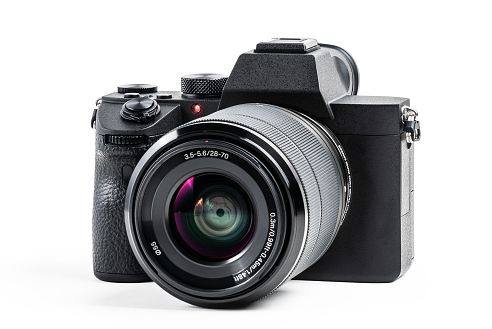Digital cameras may have made photography easier but they have also introduced a new terminology which is quite confusing.
It has both the buyers and the users struggling to make sense of the terms that the digital camera makers have introduced.
Some of the terms that need to be understood while buying or using digital cameras are:
1. Pixels:
Each digital image is made up of millions of tiny squares known as pixels. The higher the number of pixels in an image the better is the quality of the image or its resolution.
2. Resolution in mega pixels:
The resolution determines the image quality, and is expressed in megapixels (MP). The relationship is simple: the higher the megapixels the better is the image quality.
Thus, a 3-megapixel digital camera will produce better pictures as compared to a one-megapixel camera.
The flip side is that the price of the camera rises as the megapixel number rises. Thus you can be expected to pay much more for a 5 MP camera as compared to one MP camera.
But then you would have bought a better product. Generally, a 3-megapixel camera is considered ideal for normal photography.
3. Aspect ratio:
This is the ratio of the side of an image to its length. Normally digital cameras provide one or two aspect rations. You can choose the one that suits you more.
4. Storage media: This is a digital card that is used to store images digitally. It works like the conventional film the difference being that it can be used as an end number of times.
The size of the card, also known as a memory card or memory stick, determines how many photographs can be stored.
Thus, a 64 MB card will store fewer pictures as compared to 128 MB card or say a 512 MB card. It is advisable to buy one or two extra memory cards to work as standby.
5. Digital zoom and Optical zoom:
It is important to understand Optical and Digital zooms. Optical zoom is much like a conventional camera where you use the optics of the camera to magnify the image.
A digital zoom blows up or enlarges a part of the picture. This means that a camera with a 10X optical zoom is far superior to a camera with a 3X optical zoom.
6. White balance:
In conventional cameras, you had the advantage of buying films according to the kind of light in which you wanted to shoot.
Thus you could buy “daylight balanced film” for shooting outdoors or “tungsten-balanced film” for shooting indoors.
In the case of a digital camera, you have to decide the light condition so that white light appears white, and not yellow.
7. Light metering:
It is used to measure the amount of light available, There are three variants in this and it’s always better to choose a digital camera that offers all the three.
8. Panorama:
It is somewhat similar to wide-angle lens coverage but is in no way better than that.

